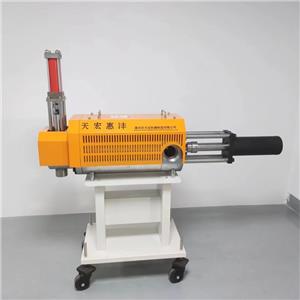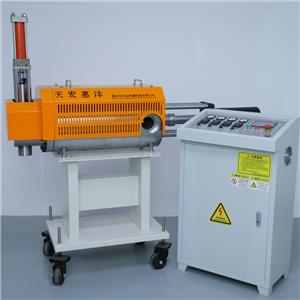The Rebirth Path of PP Recycled Plastics: The Green Breakthrough Battle of the World's Second Largest Plastic
The global market scale of polypropylene (PP) recycled plastics has exceeded 8 million tons, with an annual growth rate of 12%, far outpacing the 3% growth rate of virgin PP. Referred to as "white gold" and accounting for 28% of global plastic consumption, it is undergoing a remarkable transformation from "white pollution" to "green circularity" through technological innovation and industrial chain collaboration.

As the world's second-largest general-purpose plastic, PP is widely used in packaging, automotive, home appliances and other fields, with a global production capacity of 78 million tons in 2024. However, its advantages of low water absorption and high weather resistance have long become bottlenecks for recycling - traditional physical recycling can only produce low-value-added products, and the global PP recycling rate is less than 15%. The turning point came in 2023: the Dutch company Circular Energy Gases built the first 10,000-ton PP chemical recycling production line, which uses pyrolysis technology to convert waste woven bags and home appliance casings into recycled monomers with a purity of 99.8%, breaking the industry consensus that "high-quality PP is difficult to recycle".
The synergistic effect of the industrial chain is becoming evident. Automotive giant BMW has announced that starting from 2025, 40% recycled PP will be used in the battery cases of its electric vehicles, reducing weight by 15% and carbon footprint by 22%. Packaging giant Amcor has launched 100% recycled PP food trays, solving the color defects of traditional recycled materials through supercritical fluid decolorization technology and successfully entering the high-end dairy packaging market. Chinese enterprises lead in scale: Kingfa Sci & Tech's 500,000-ton annual recycled PP project achieves cross-category recycling from "plastic bottles to car bumpers", while Haier Group has built the industry's first "zero-carbon factory", with a 65% utilization rate of recycled PP in washing machine inner drums.
Policy tailwinds are accelerating industrial transformation. The EU's Plastics Strategy requires that by 2025, the proportion of recycled PP in all packaging must not be less than 30%, triggering multi-billion-euro investments from giants such as Borealis and Sabic. In China's "waste-free city" pilot projects, Taizhou in Zhejiang has established the world's largest PP recycling cluster, achieving a full-process closed loop of "collection - cleaning - pelletizing - application" through a blockchain traceability system, increasing waste plastic recycling rates to 75%. International agencies estimate that if the global PP recycling rate rises to 40% by 2030, annual oil consumption could be reduced by 24 million tons, equivalent to a CO₂ emission reduction of 68 million tons.
"The green breakthrough of PP is essentially a victory for the circular economy," said Dr. Maria, President of IPRA, in her summit address. "When technological innovation, policy guidance, and market demand resonate, this plastic variety once considered the 'most difficult to recycle' is becoming a benchmark for the global plastic circular system." With the advancement of global "dual carbon" goals, the "rebirth path" of PP recycled plastics is illuminating the future of the circular economy for the entire plastics industry.




